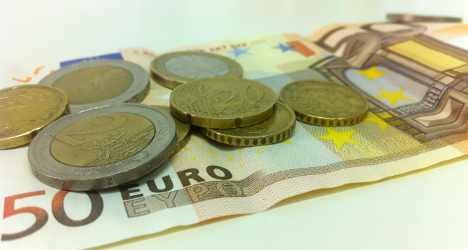A total of 1,771 people have faced charges for failure to declare their earnings, the most severe of the 4,933 cases this year. An estimated estimated €120 billion of taxed is dodged every year in Italy.
As part of the probe the financial police (Guardia di Finanza) found 19,250 irregular workers this year, nearly half of which were working entirely on the black market.
The news comes just weeks after Prime Minister Enrico Letta vowed to “fight relentlessly” against tax evasion, be it international or local.
Since being sworn in in April, Letta’s cabinet has already lost a minister to reports of tax evasion.
In June Josefa Idem, minister for equal opportunities and sport, resigned over allegations that she had failed to pay property tax.
A tax scandal also rocked the famed Italian fashion world earlier this year, as D&G designers Domenico Dolce and Stefano Gabbana were found guilty of avoiding a €200 million bill. The pair are currently appealing the verdict and last month closed their Milan stores in protest of being branded tax evaders.
But high profile Italians are not the only ones facing greater scrutiny.
This week police began rolling out a new computer system, the "redditometro" (revenue-metre), which compares declared revenues with expenditures to crack down on tax cheats.
It will initially analyse the books over the past four years of a sample 35,000 households, including looking at mortgages, cars and even food purchases.
If it identifies a discrepancy of more than 20 percent between intakes and outgoings, the "redditometro" immediately triggers a tax inspection.
The new system is made up of dozens of computers that analyse databases and "can uncover the big tax evaders and the fake poor," Marco di Capua, the deputy director of the tax agency, told reporters.
The system has been criticized by some for not going far enough and by others, mainly right-wing politicians, as a massive interference by the state.
Matteo Salvini, a deputy leader of the right-wing Northern League party, described it as the type of system "used by communist and fascist regimes".



 Please whitelist us to continue reading.
Please whitelist us to continue reading.
Member comments